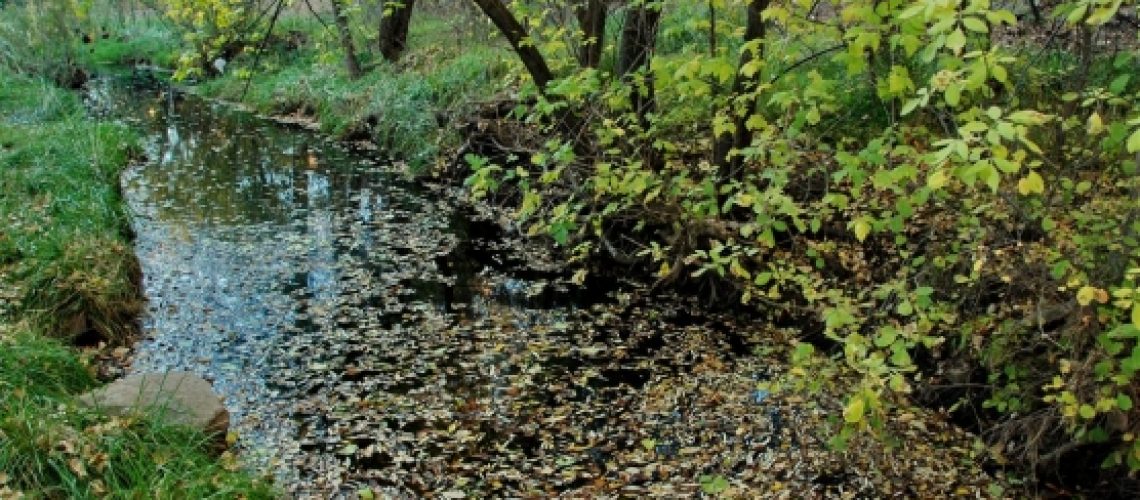We know that gray infrastructure is critical to economic development and prosperity, but don’t necessary think that natural ecosystems (“green” infrastructure) are equally important to that end. World Resources Institute released a report earlier this year called “Green vs. Gray Infrastructure: When Nature is Better than Concrete” that details the costs and benefits of green infrastructure as compared to gray, human-engineered solutions. It turns out that in many instances, investments in green infrastructure can be much less expensive than those in gray infrastructure, while providing additional benefits (Figure 1). Because comprehensive data has not been available on green infrastructure effectiveness, lifecycle costs, and discount rates to perform traditional cost-benefit analyses, WRI developed a method of comparing green to gray infrastructure in a manner that compares apples-to-apples. The approach is called the “Green-Gray Analysis” and has been applied in the Sebago Lake watershed in Maine.

The lesson here is that instead of automatically defaulting to dikes and pipes to control flooding, we should look at restoring wetlands and riparian areas. Although green infrastructure won’t always be the most cost effective approach, we now have a way of objectively assessing the two options. As we struggle to find solutions for our own water quality problems in the Upper Granite Creek Watershed, we can draw from this methodology to identify opportunities to invest in nature.
Photo credit: Walt Anderson

